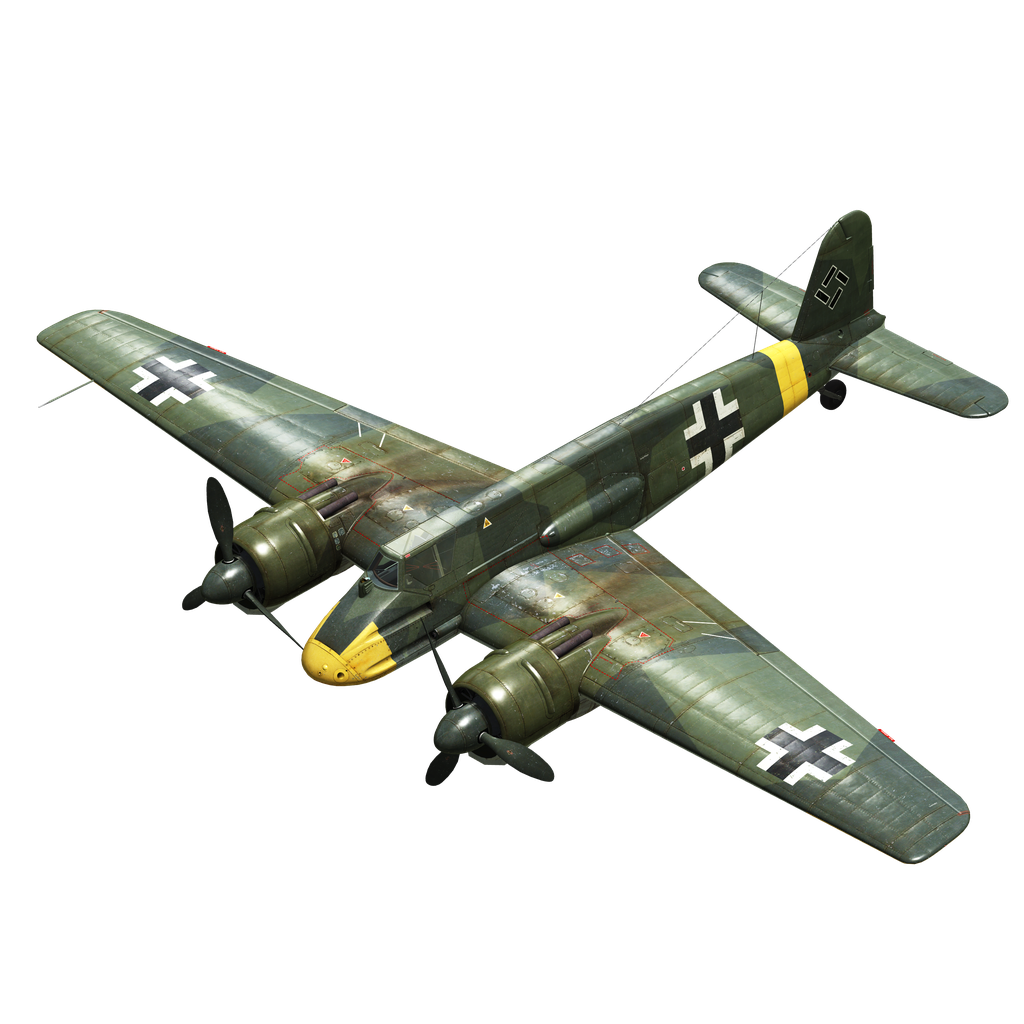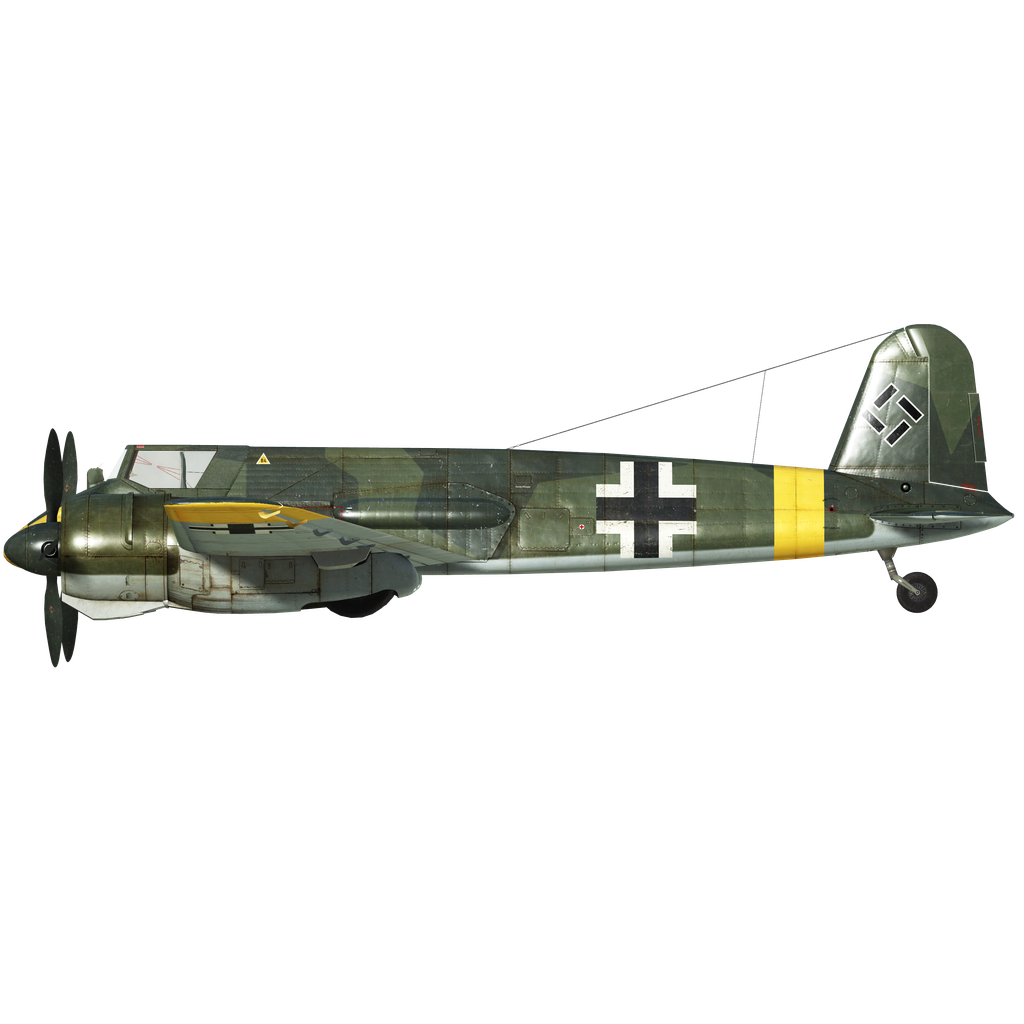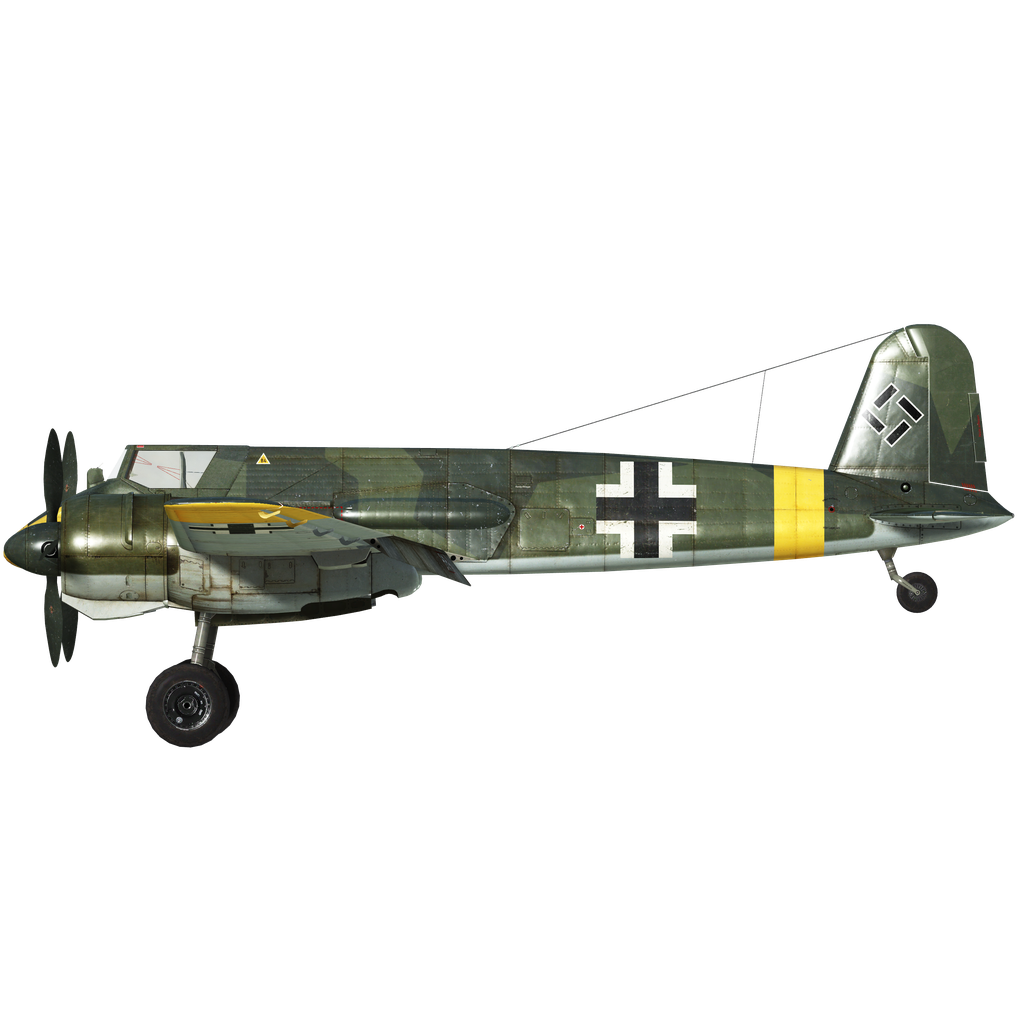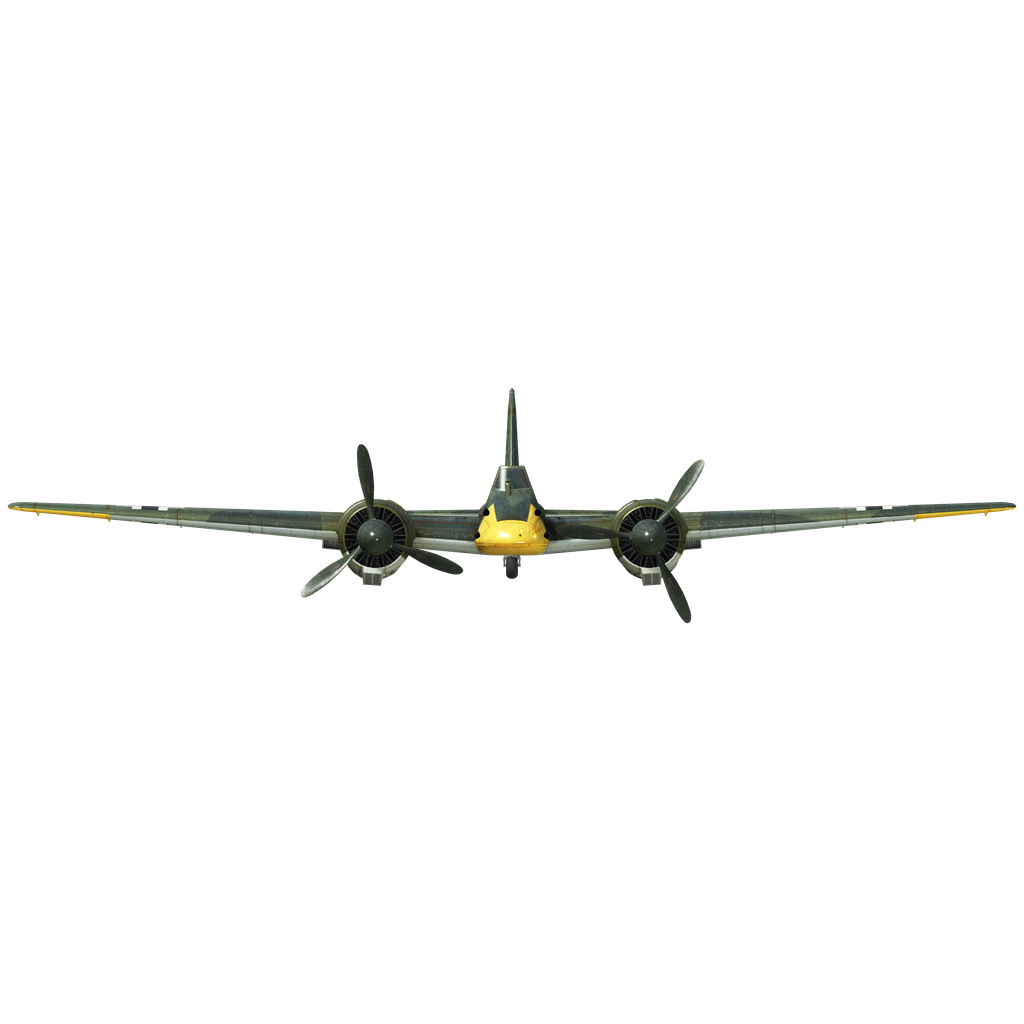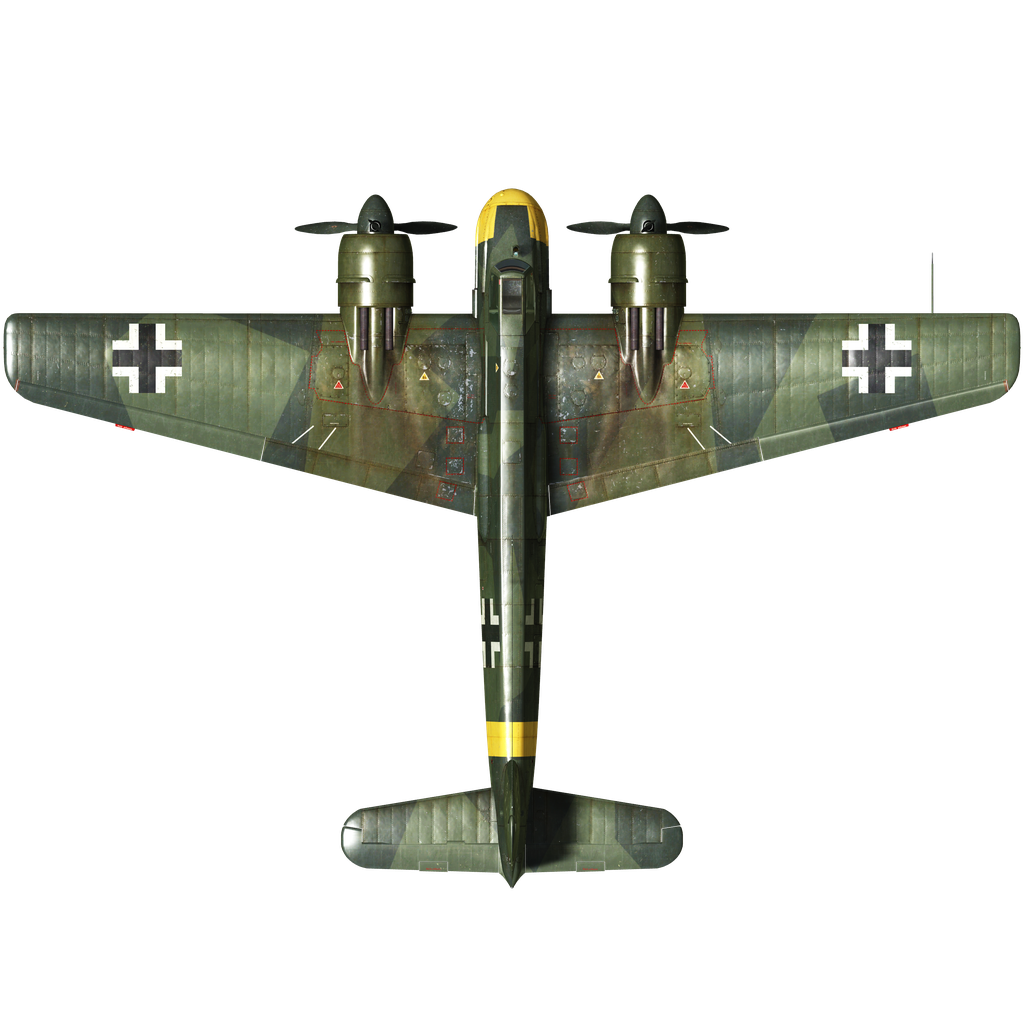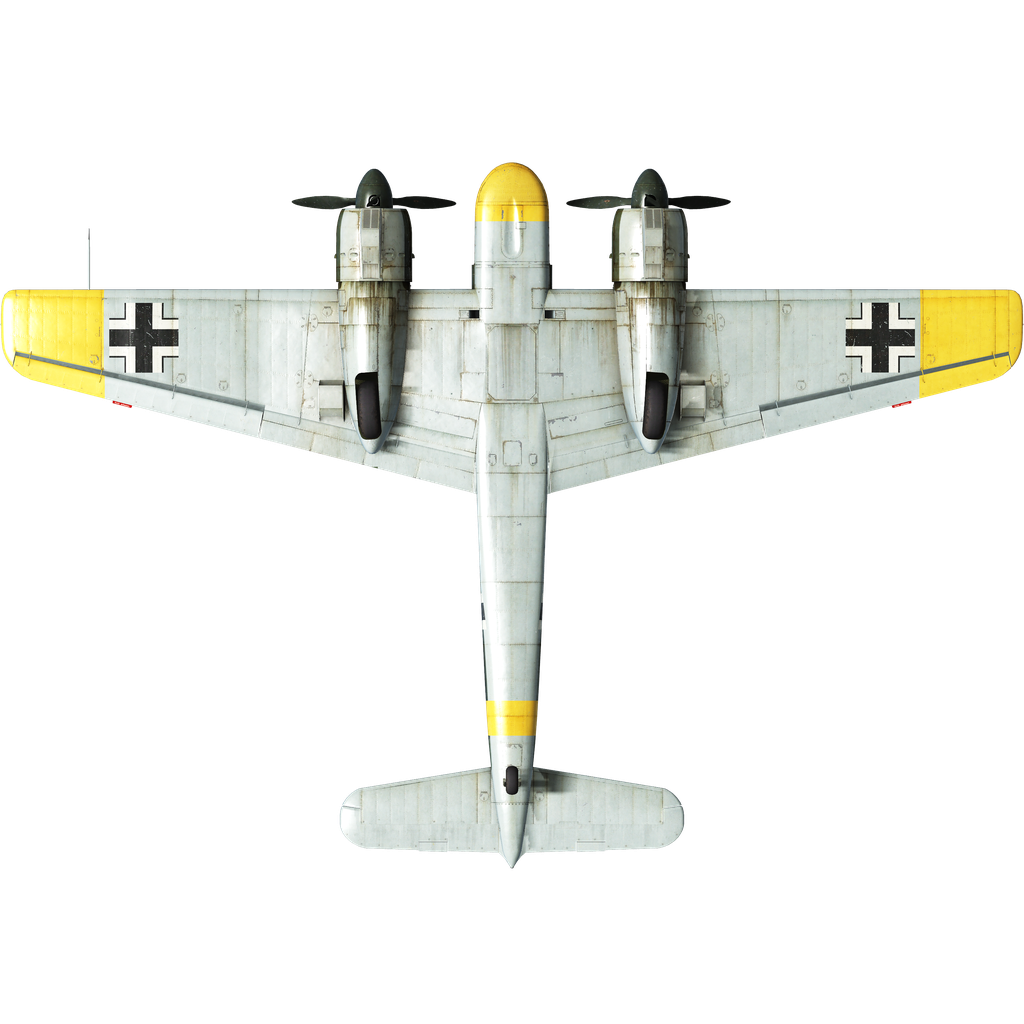In April 1939, the first example of an armored attack aircraft from the Luftwaffe company "Henschel" took to the skies. Based on the experience of the Spanish Civil War, the German Air Ministry concluded in 1937 that it was advisable to have a special armored fighter for fire support. This aircraft would fight with armored vehicles and help break through the enemy's defenses. The development and testing of the aircraft were delayed due to numerous design flaws and a lack of suitable engines, as the Argus As410 used had too little power. In 1940, however, it became possible to install more powerful French Gnome-Rhone 14M 04/05 engines, which became available after the occupation of France. In addition, combat operations during the French and Polish campaigns proved the Ju 87 to be a complete failure as an attack aircraft. The Hs 129 B modification with these engines was produced in 1941. In May 1942, the Hs 129 B-2 modification was introduced, differing only in an improved fuel system.
The Hs 129 B-2 was a twin-engine, all-metal monoplane without external struts and with armored cockpit and engines. The Gnome-Rhone 14M 04/05 engines developed 700 hp at takeoff and 660 hp at 4000 meters. The engines and oil coolers were protected by 5 mm armor. The armored cockpit was welded from steel plates with thicknesses from 6 (top and sides) to 12 millimeters (bottom, front, and rear walls). The front armored glass was 75 millimeters thick. The cockpit was so small that some of the instruments were moved to the inside of the nacelles, and the sight was mounted in an armored housing outside in front of the armored glass. The control stick was also very short due to the pilot's low seating position, requiring a lot of effort from the pilot. The standard armament consisted of two 7.92 mm MG 17 machine guns and two 20 mm MG 151/20 cannons.
-
B-2 /R1: 2 ETC 50 racks under the wings and 4 ETC 50 racks under the fuselage, allowing to carry up to 300 kg of bombs or 6 AB 24 containers (each with 24 anti-personnel mines);
-
B-2 /R2: 30 mm MK 101 cannon (MK 103 from mid-1943) with 100 rounds of ammunition mounted under the fuselage;
-
B-2 /R3: with 37 mm BK 3.7 cannon (with 12 rounds of ammunition) under the fuselage. The MG 17 machine guns were removed.
A total of about 780 Hs 129 B-2s were built. The aircraft was mainly used on the Eastern Front as part of the so-called "antitank squadrons." It fought in small numbers in North Africa. It was delivered to Romania (62 aircraft) and Hungary (4 aircraft). The use of the Hs 129 on the fronts could not have a significant impact on the course of hostilities, unlike the use of the Soviet Il-2 attack aircraft, due to design flaws: difficult control, low speed, unreliable and poorly armored engines, lack of protective armament at the rear. German pilots were more than critical of their Henschel. One German pilot admitted after the war that the performance of the machine was so poor and flying it so dangerous that he still had nightmares about it.
It is interesting to note that at the end of the war, the Romanian Air Force used the plane in battles against German troops. At the same time, they lost 4 planes: 1 from anti-aircraft fire, 1 in an accident, and 2 missing.
Used sources:
1. W. Creen "The Warplanes of the Third Reich", Galahad Books, 1986
2. "Wings of the Luftwaffe" Translation of W. Green's book "Combat Airplanes of the Third Reich" by A. Firsov, 1993
3. "Luftwaffe Flying Tank" Aviafan Magazine, 1995.
4. Materials from the site airwar.ru
